Poaching of sea turtle in Pulau Tiga, Tun Mustapha Park, Kudat – When will it end?
Stories about sea turtle poaching have been told and circulated by islanders for many years. Many people brushed it as unsubstantiated, “so and so stories” from eyewitness, a mere rumour or a rural legend. But what I saw in Pulau Tiga last week (March 2014) made me realized that the problem of sea turtle hunting is actually real.
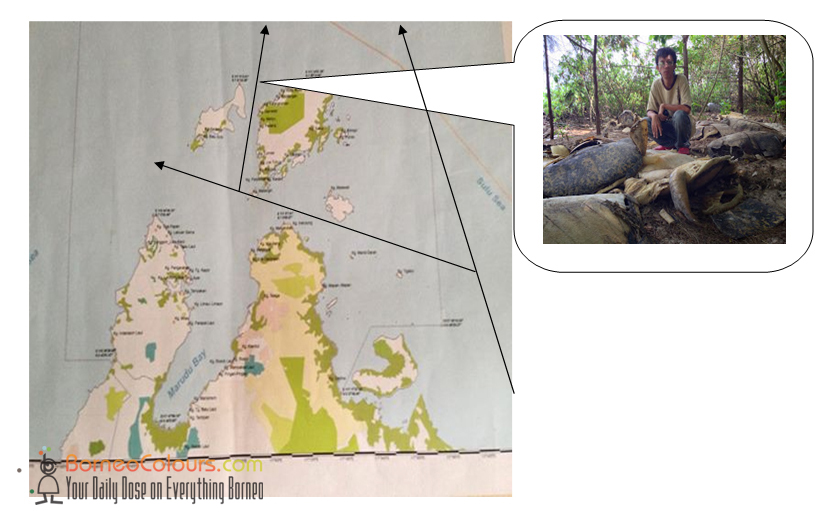
Map- Pulau Tiga, one of the islands in the proposed Tun Mustapha Marine Park, Kudat Sabah, Malaysia; the lines shows a migration routes by a post nesting Green or other turtles species either from Berau or turtle islands parks. Islands in Kudat are also a foraging habitat and migration corridor for endangered sea turtles.
At the tip of the island (north east), slightly hidden by trees, two sites were strewn with 60 carcasses of sea turtle. Stench from carcasses was overwhelming, leftover flesh and discarded internal organs were decomposing. Some carcasses were with a carapace, plastron, head and four limbs intact but no more rotten flesh.
The crime scene was horrifying, most carapaces scattered at the sites had it scutes removed. Here I was at the killing field of sea turtles, feeling sad for the slaughtered turtles and disappointed with myself for not having a skill to perform necropsy or to indentify the species. Next to the sites was an abandoned make shift shelter or a lookout hut made of corrugated zinc, wooden planks big enough for 5 adults to sleep. There were also traces of cooking fire, but no plastic wraps at site.
After sites inspection and photo taking sessions, my guide who speaks sea gypsies’ language had a short conversation with two sea gypsies who happened to be near the site. The jittery gypsies said they have seen poachers but don’t know where they are from, had no idea of where, when and how poachers catch sea turtles.
That gruesome scene haunted me for weeks after the visit. Many questions left unanswered.
Who was responsible for this heinous crime?
Who were the poachers?
Sea turtles- pest to seaweed farmers
During fieldwork in Banggi and Balambangan in 2003, seaweed farmers were complaining about a pest- the sea turtle. Some farmers threatened to harm sea turtle but were given a stern warning by the project manager.
Farmers were obviously furious, one of them stood up and taunted the manager, he said,
“If sea turtle is more valuable why are the authorities’ not arresting hunters of sea turtles at Pulau Tiga reef? …hunters are foreigner coming from Mangsee and Balabac islands and from squatters and sea gypsies in Dogoton islands. They are ignorant and rowdy people who hunt sea turtle and practice bombing and cyanide fishing…how come they can get away after committing serious crimes?”
Where is the poaching site?
Pulau Tiga is located at the northern side of Balambangan-Banggi channel, as of last week, only two families of sea gypsies living on their Lepa (boat) mooring at coral reef. But it was not like that many years ago.
When I first visited Pulau Tiga in 2007, there were two Ubian families living on the island with another three sea gypsies Lepa mooring at east reef. What I saw was a coral reefs teeming with marine lives (notable Mameng/Napoleon Wrasse), sighting of foraging juvenile turtles at the shallow water and sea grass areas was almost guaranteed.
The Ubian were artisanal fishing but between May to December they collect sea turtle eggs from Pulau Tiga and Dogoton islands (Guhuan, Kalangkaman, Balundangan, Batawan). Some middlemen coming from Mangsee, Philippine were buying sea turtle eggs, salted fish, abalone, live reef fish and sea cucumber at discounted price in exchange of small loans or supply of chemical to stun live reef fish and explosive devices to bomb fish.
The money from selling sea turtle eggs sustain them during rough weather or as saving for marriage, illness or death.
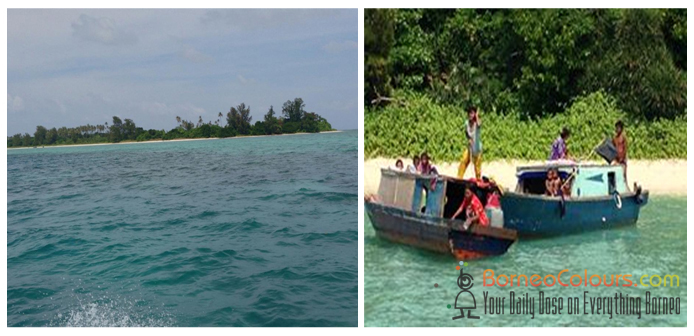
Pic- Left –Pulau Tiga view from coral reefs, foraging area for sea turtles
Right- sea gypsies on two Lepa, key witnesses to sea turtle poaching
Who was poaching?
In January this year, I received a tip off from a fishing taukeh in Kudat about the movement of hunters in and out of Balambangan –Banggi channel. During certain seasons, they were hunting turtles day and night. According to his fishing crews (Bugis from Sulawesi), the last time they saw the hunters was in December 2013.
Five to six of them were camping out at different locations in Pulau Tiga, live sea turtles were brought to Balambangan where they kept it inside a pen or fish cages. The hunters were said coming from Mangsee, Mantabuan or Dogotan islands. The taukeh told me that his one of his friends already made a report to Maritime Enforcement Agency.
One month after that, I went back to the fishing community in Kudat, Pitas and Bengkoka Peninsular to gather bit and pieces of information about the senseless killing in Pulau Tiga. Some fishermen in Bengkoka told me that they heard there were buyers of live sea turtle; local man from Kudat and his partners in crime a Chinese- Malaysian and Filipino men (holding Malaysian IC).
The buyers will collect live sea turtles from islanders and keep them in Balambangan until they have enough volume then bring live turtles across border to Mangse or Balabac Island in Palawan. My informer in Pitas introduced me to his business counterpart- two Ubian guys who sell to him fresh and dried fish and sea cucumber (balat and gamat species?) sourced from Dogoton, Mantabuan, Mandidarah and Malawali islands.
During the interview, the two Ubian guys were bragging that they used to have a smuggling business deal with the sea turtle buyers. Their business deal turned sour a year ago because the sea turtle buyers started to cheat and back stab them.
Sea turtle buyers usually purchase it from islanders and then bring it to collection sites in Balambangan, once they have enough volume, they will bring it alive cross border. Balabac Strait. Once in a while they would slaughter sea turtle for meat; and hide it inside fish iceboxes, bring it cross-border Balabac strait, over there they then sell it to fishing vessels from mainland China and Vietnam.
Whole sale price for fresh turtle meat (idung pindik=short snout= green turtle chelonian mydas?; patuk tajam=sharp beak= Hawsbill Eretmochelys imbricate?; Lipas=Olive Ridley?) was RM300 per kg but only for RM100 for dried meat. China and Vietnam fishing vessels prefer to buy live sea turtle.
Alive adult sea turtle can be sold at RM2, 000 and whereas juvenile sold at RM1, 300 (Idung Pindik and patuk tajam) but half price for Lipas and Kepala Besar= Loggerhead Caretta Caretta?). The Ubian guys described the process to remove the scutes (sisik) from the carapace.
Last week I visited Tigabu, a small island populated with 500 Ubians, to study sea cucumber ranching- an economic activity did not existed six years ago when I last visited the island. The head of village were complaining and worry about illegal immigrants from neighbouring islands of Dogotan.
He told me that Tigabu beach was once nesting sites for sea turtles; his people collect the eggs but do not consume sea turtle because it is prohibited by Islam. He said sometimes they leave eggs to hatch by protecting it from sea birds, monitor lizard and outsiders so that they can have more eggs in the future.
He saw with his own eyes couple of time a group of people wearing mask (he called them Munduk=pirates) with a speed boats passing by Tigabu Island on the way to hunt turtles at the reefs near Jambongan and Kinabungan.
He also noticed that there was a drastic reduction in number of sea turtles coming to Tigabu since five years ago about the same time when more illegal immigrants coming to occupy the nearby islands. “It must be the bombing of coral reef and rampant hunting that made sea turtle disappeared”, he added.

Pic- left: Tigabu island beach was once a sea turtle nesting site, now thriving sea cucumber ranching island
Pic-right: poachers was seen passing by from this abandoned jetty house and by the crews of the trawlers mooring at the end of the island near to General Operation Forces (military point) at Tigabu
Further away from Tigabu is a tiny white sandy beach island of Mantabuan. In 2007 when I first visited Mantabuan, it was not occupied by human, no sea turtle nesting either because it was submerged during high tide.
During my visit last week, I estimated there was at least 240 sea gypsies, some Cagayan and Balabac people (by counting 30 stilt huts multiple by 8 persons per household) living on Mantabuan. Their fishing method is explosive, cyanide fishing and hook and line.
When my team arrived, one of Ubian guys I interviewed in Kudat last February were there as well. He introduced me to a sea gypsy who catches sea turtles to sell to the highest bidder. I asked the sea gypsy who else is buying from him.
He confessed he and his brothers used to hunt sea turtle and collect eggs when there is a demand from buyers in Balambangan and traders from Mangse. He rather sells than consumes sea turtle or eggs, hunting and collecting expedition is very risking, they competes with other islanders and trawlers from China.
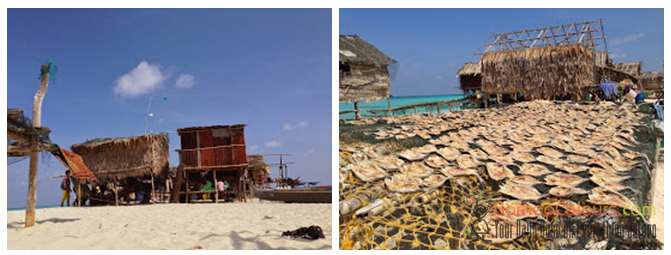
Pic- left: sea gypsies built stilt house because Mantabuan are inundated during high tide.
Pic- right : salted fish, species of Pisang-Pisang, Ketambak, Lapih, Belais, Bayan and Ikan Batu are easy target for bombing, it is a reef fish and they can be found in shoal and school.
Turtle poaching across Balabac strait
Are there more pieces of information to complete this turtle killing puzzle? Yes, we have to look at what happened across border in Mangsee and Balabac Island. In November 2013, two Malaysian – Ku Vui Hjung and Rahman bin Abd Rahman both from Kudat were arrested by the Philippine National Police (PNP) Marine Group.
They were arrested at the island of Mangsee allegedly in possession of roughly 10,000 sea turtle eggs, two sacks of dried sea turtle meat and three sacks of dried giant clams. The suspects were under the custody of Special Boat Unit in Puerto Princessa city who filed charges against them for violating section 27(f) of Republic Act 9147 (The Wildlife Act).
In October 2013, PNP Marine Group were conducting operations in the waters off Balabac when they noticed foreign fishing vessels, 13 Vietnamese were arrested for illegally entering Philippine waters and poaching protected marine species. On board the Vietnamese fishing vessels were the remains of 300 Dead Sea turtles.
In November 2012 the PNP found and rescued 123 live sea turtles of various species hidden in three submerged cages inside a mangrove swamp in Balabac Island. No arrests were made. Six turtles died, the surviving 117 (weighted each 50-60 kilograms) were later released at Roughton island (designated by LGU as marine species sanctuary) by the Bureau of Fisheries and Aquatic Resources-Palawan.
On December 2011, six Chinese poachers were arrested during the joint operation of Philippine Navy, Police and Marines off Sitio Calogcog, Barangay Ramos, Balabac town, western side facing South China Sea where both countries have overlapping territorial claims. The confiscated speedboat were loaded with 11 sea turtles and fishing equipments. They were turned over to Department of Environment and Natural Resources-Palawan and were charged violating section 87 Republic Act 8550 (Philippine Fisheries Code 1998).
The arrest of poachers in Balabac is a clear indication that the underground market is not only well functioning but also moving the supply frontier towards the south following migration routes of the sea turtles. That is a very bad news to sea turtle in Priority Conservation Area of Sulu Sulawesi Marine Eco-region. Poaching in Pulau Tiga, Kudat is just a trail from the long supply chain extending from the islanders to middlemen at the bottom, up until consumers in China, Vietnam and Japan at the top.
Lessons learned
The proposal to establish Tun Mustapha Park was made in 2002. Regrettably, twelve years down the road it is yet to be gazetted due a lengthy bureaucratic process and other unknown reasons.
The cost of this unnecessary delay in terms of biodiversity loss and environmental damage cannot be fully estimated because natural areas and wildlife are irreplaceable and irreversible.
Poaching of turtles or other migratory, endangered and charismatic species will not end unless there is a strong multi- agencies enforcement supported by Malaysian islanders and cross border cooperation with the Palawan government.
The delay in establishing a marine park simultaneously created a vacuum of power for enforcement and a window of opportunities for environmental criminals and squatters to spread like a wildfire.
Squatters on the small islanders are yet another very bad news because their existence undermines present and future conservation efforts. The existing TMP interim operation team based in Kudat is too small hence has no capability to patrolling such vast an area.
Why Sabah Wildlife Department (SWD) can’t assist them? After all, Pulau Tiga and other islands are not yet a marine park therefore can still be considered under the jurisdiction of SWD.
How about the department of Fisheries and East Sabah Security Command? When are they going to start working together with the Malaysian islanders to protect the last remaining coral reefs from being decimated and small islands from being occupied by illegal immigrants?
Without strong presence of these security forces, Malaysian islanders will not be able to exclude outsiders- an important but not sufficient precondition to a successful conservation.
- James M. Alin
 This is my personal opinion and it does not reflect the official position of my generous employer- School of Business and Economics, Universiti Malaysia Sabah. I welcome all comments, ajames2000@hotmail.com, or twitter @literati43
This is my personal opinion and it does not reflect the official position of my generous employer- School of Business and Economics, Universiti Malaysia Sabah. I welcome all comments, ajames2000@hotmail.com, or twitter @literati43
Disclaimer
You are free to comment on this article using a valid Facebook account.


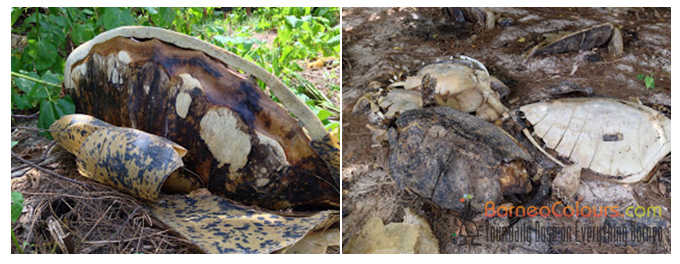
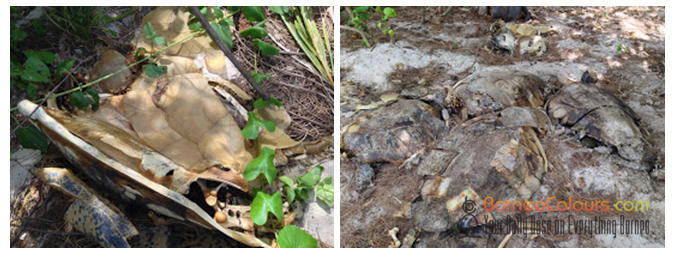
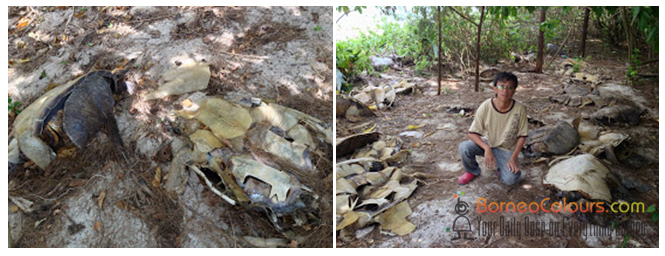
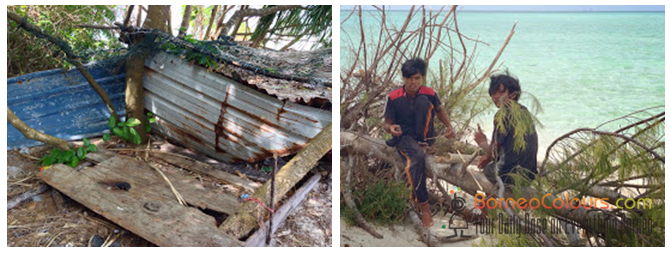
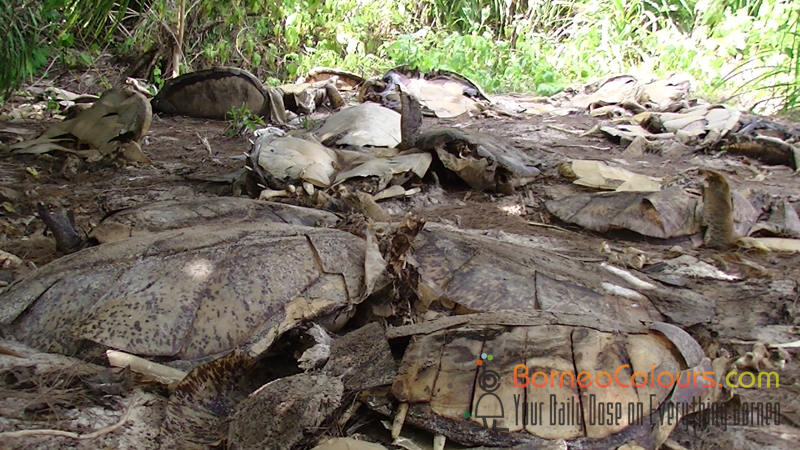
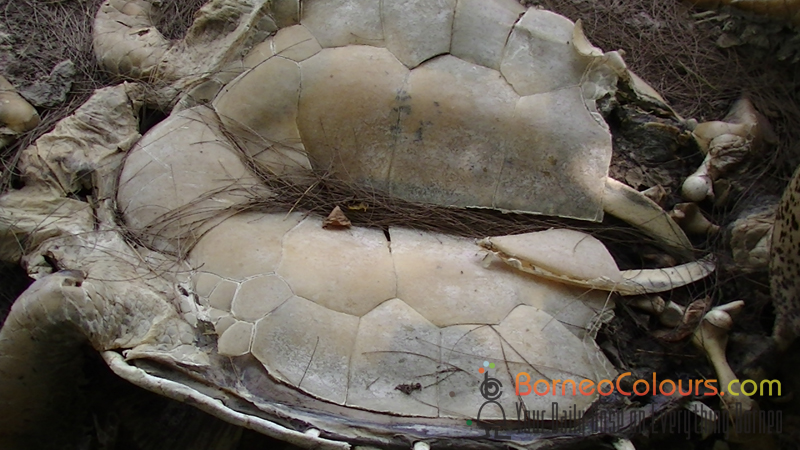
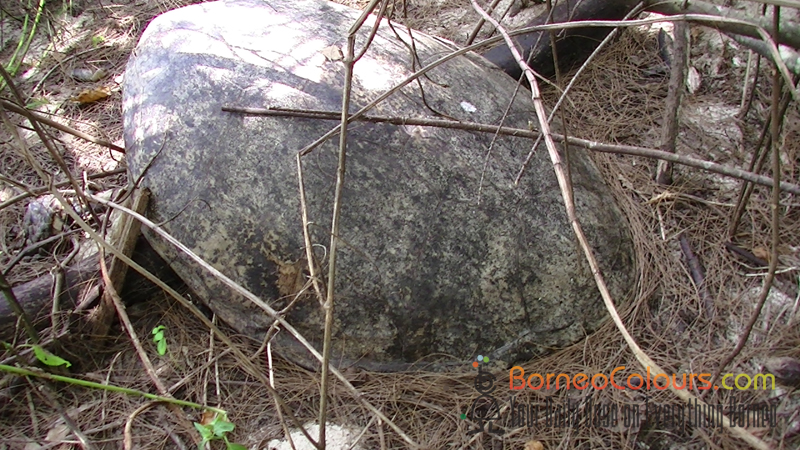
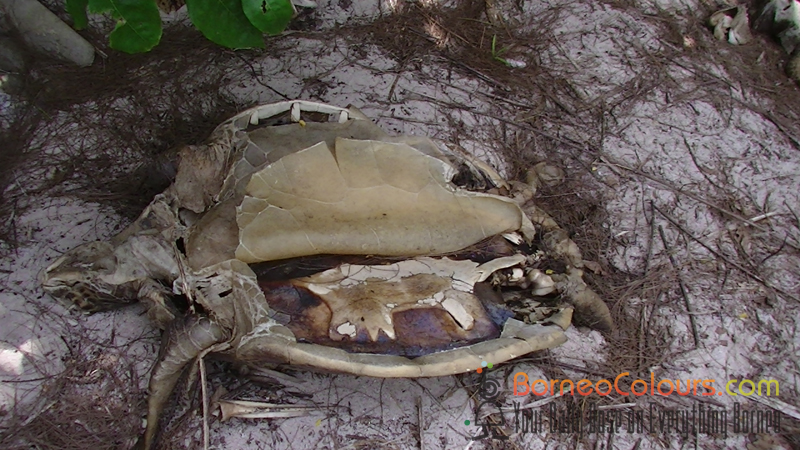
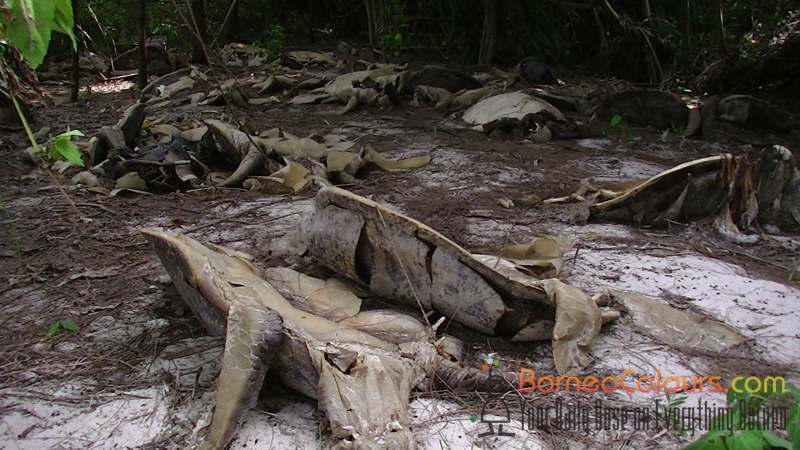
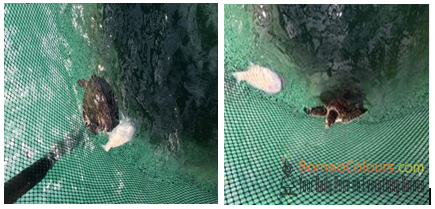
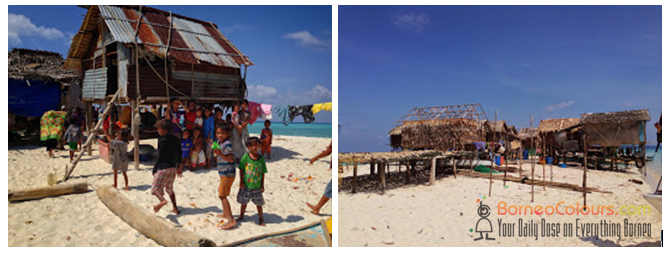


Comments (1)